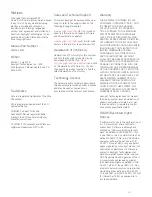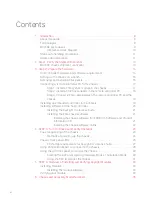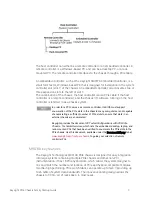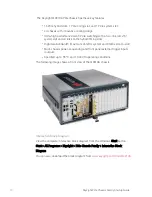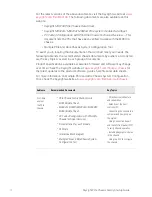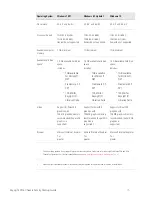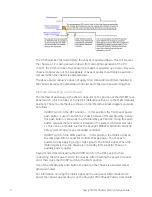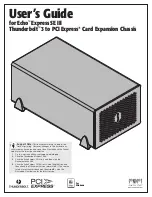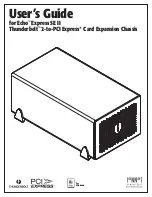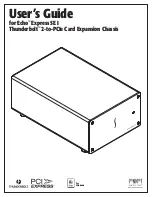
Keysight PXIe Chassis Family Startup Guide
9
The host controller can either be a remote controller or an embedded controller. A
remote controller is a Windows-based PC, and can be a desktop PC, or a rack
mounted PC. The remote controller interfaces to the chassis through a PCIe cable.
An embedded controller, such as the Keysight M9037A Embedded Controller, is a
small form factor, Windows-based PC that is designed for installation in the system
controller slot (slot 1) of the chassis. An embedded controller also consumes two or
three expansion slots to the left of slot 1.
The combination of the chassis, the host controller (and a PCIe cable if the host
controller is a remote controller), and the chassis I/O software running on the host
controller is referred to as a chassis system.
In order for a PC to serve as a remote controller, its BIOS must support
enumeration of the PCIe slots in the chassis; many computers are not capable
of enumerating a sufficient number of PCIe slots to ensure that slots in an
external chassis are enumerated.
Keysight provides the document
PC Tested Configurations with PXI/AXIe
Chassis - Technical Overview
, which lists the embedded, desktop, laptop, and
rack-mounted PCs that have been verified to enumerate the PCIe slots in the
PXIe chassis. Use this document, available under the Document Library tab at
www.keysight.com/find/pxi-chassis
, to guide your selection of remote
controller PCs.
M9019A key features
The Keysight Technologies M9019A PXIe chassis is designed for easy integration
into large systems containing multiple PXIe chassis and other non-PXI
instrumentation. It has 16 PXIe hybrid slots, which allows the system designer to
mix and match the number and location of PXIe and hybrid-compatible modules.
Its ultra-high performing PCIe switch fabric can operate up to Gen 3 providing up
to 24 GB/s of system data bandwidth. The innovative cooling design allows the
chassis to fit into 4U of rack space, in most cases.



